HP Business intelligence
Vibe-coding a custom AI tool for an HP executive's team in 6weeks to streamline workflows, communication and innovation.
Client: HP

Vibe-coding a custom AI tool for an HP executive's team in 6weeks to streamline workflows, communication and innovation.
Client: HP

Built a custom, locally hosted AI tool for an HP executive to streamline workflows, summarize internal data, and stay ahead of the rapid evolution of AI. Designed, coded, and shipped on an HP Z-box within 8 weeks: balancing performance, privacy, and practicality.
.png)
As part of a two-person team, I handled UX/UI design, research, prototyping, and early-stage front-end development. What started as a design handoff project quickly became an opportunity to learn vibe-coding, prompt engineering, and building real product UI directly in Replit.
Timeline: Sep 2024—Nov 2024
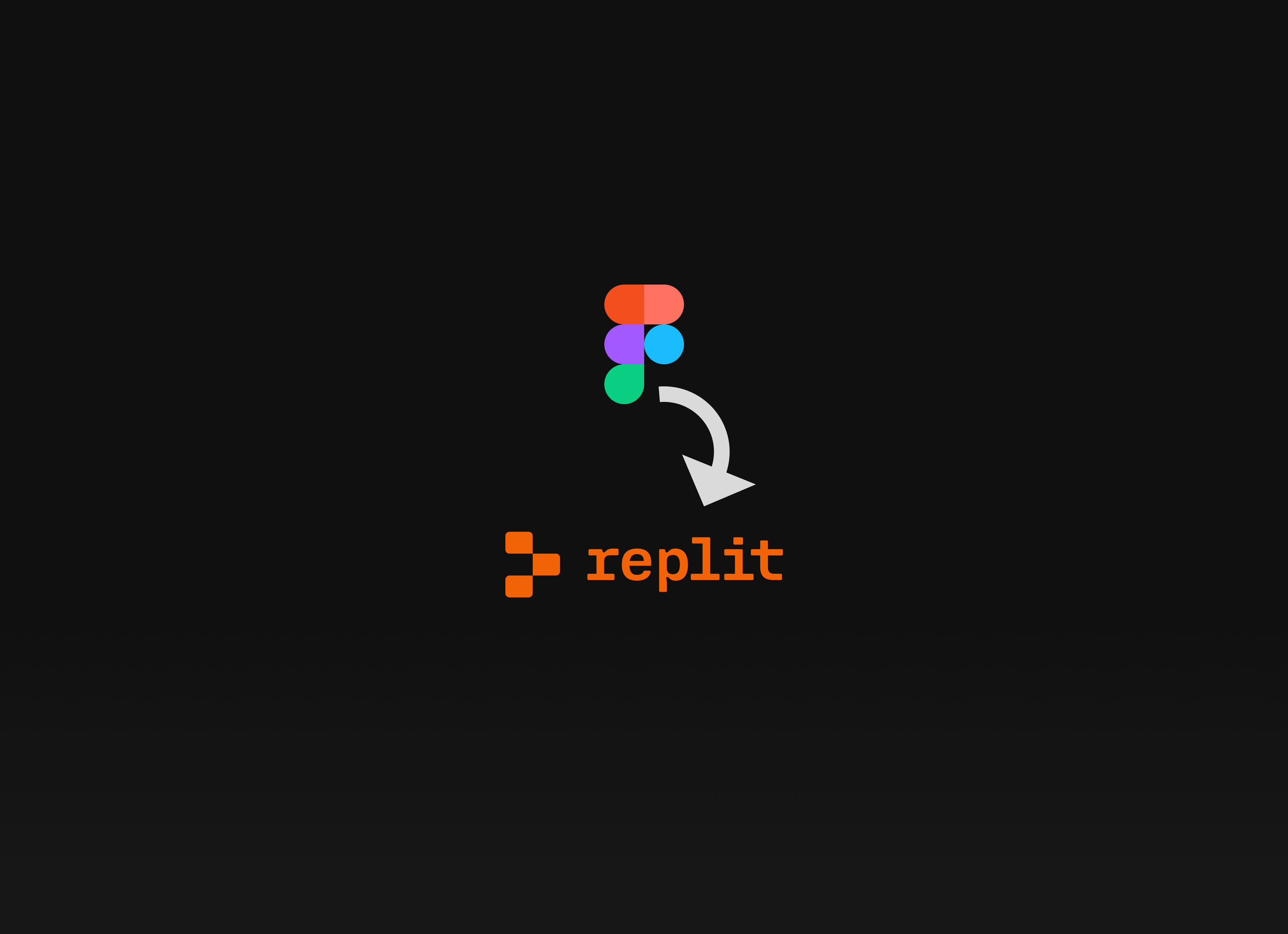
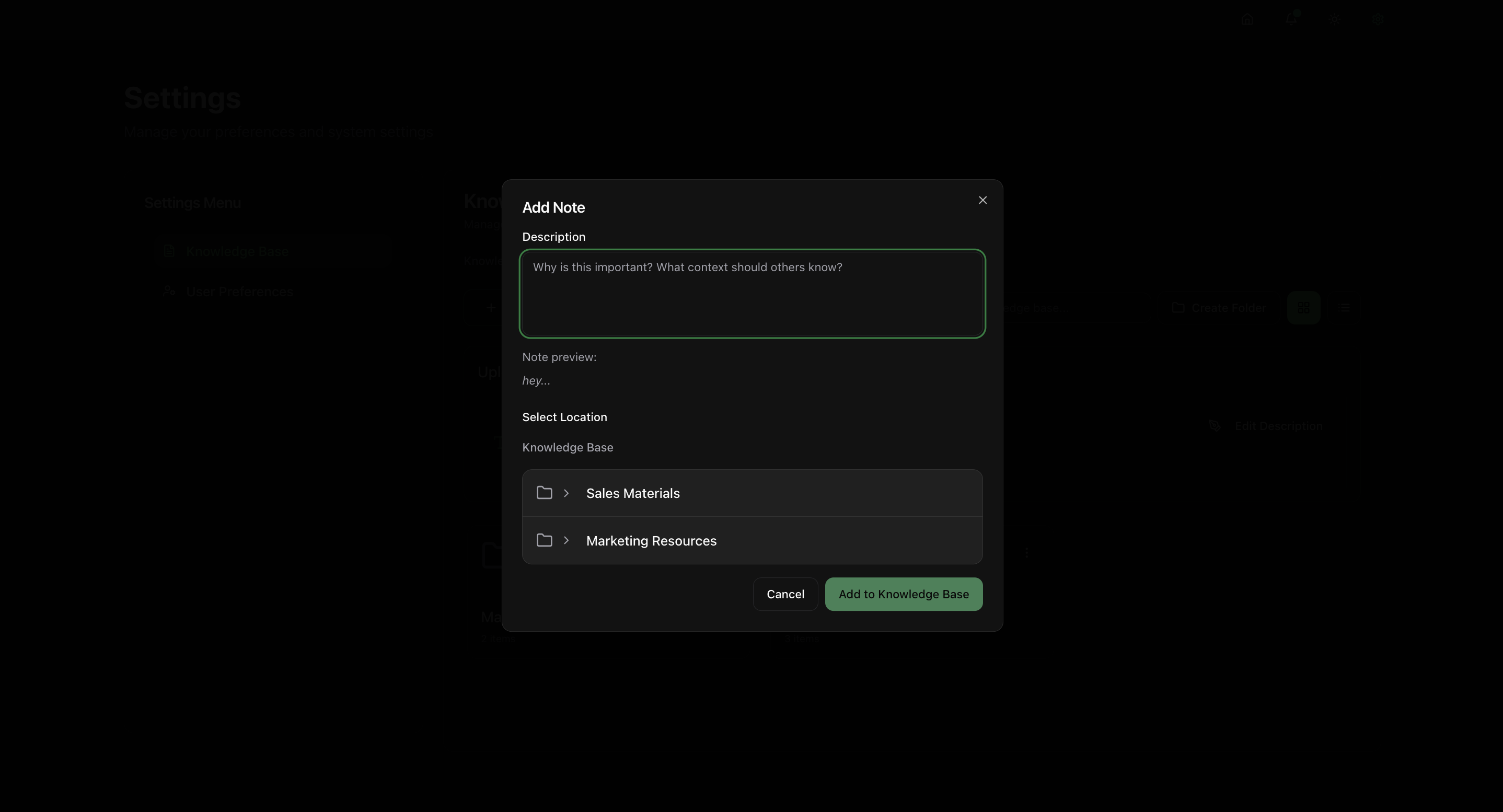



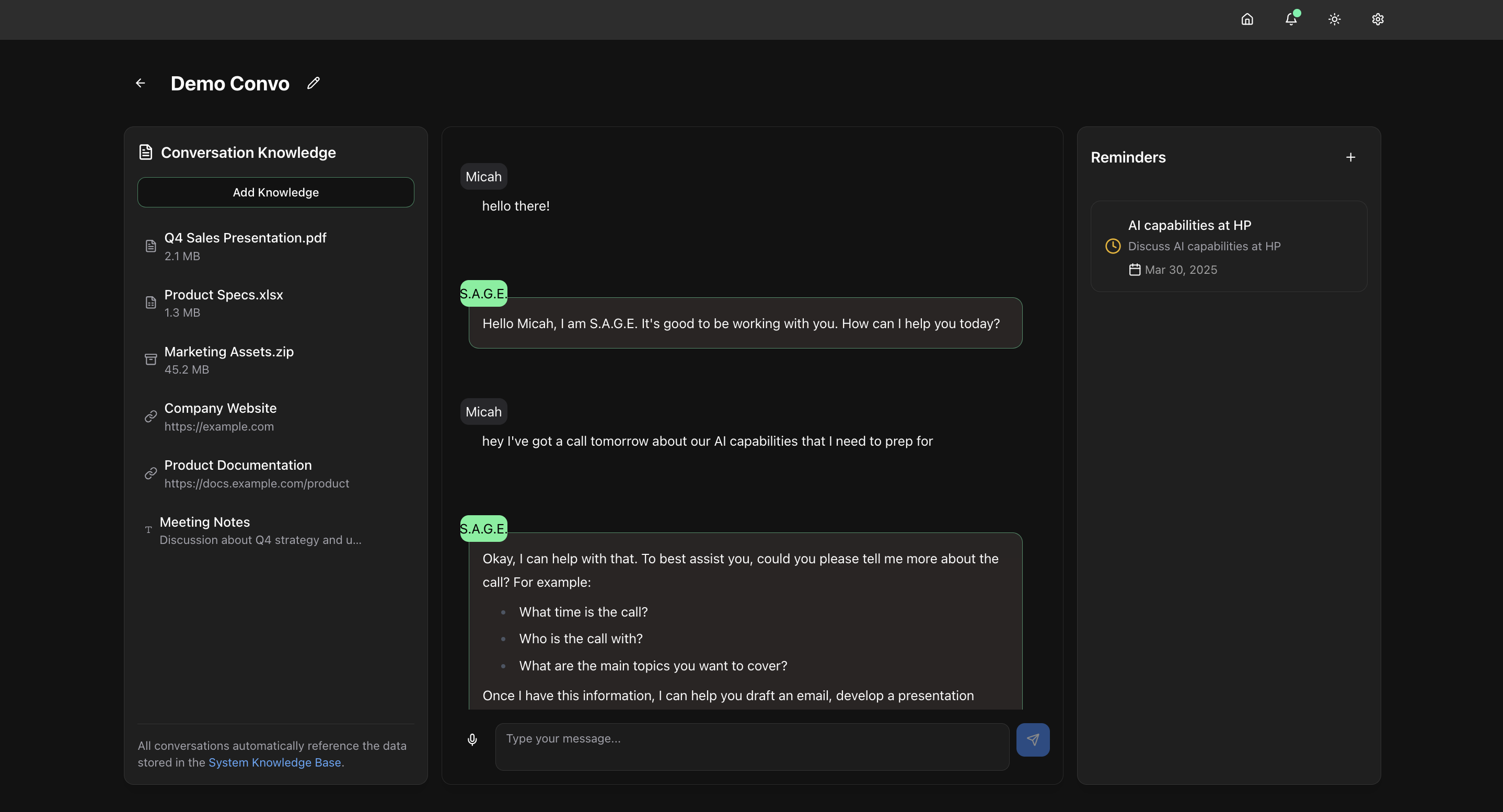
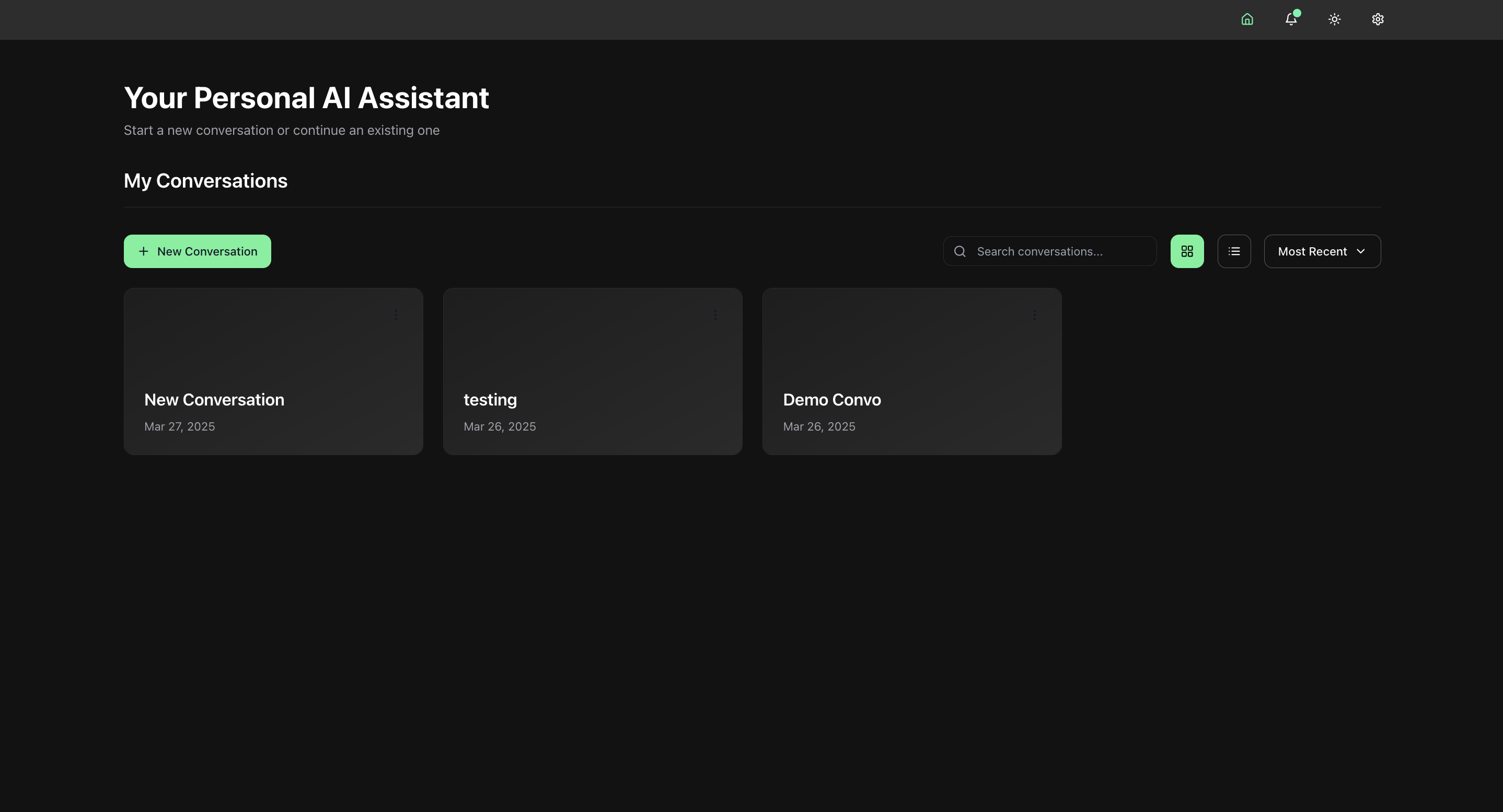
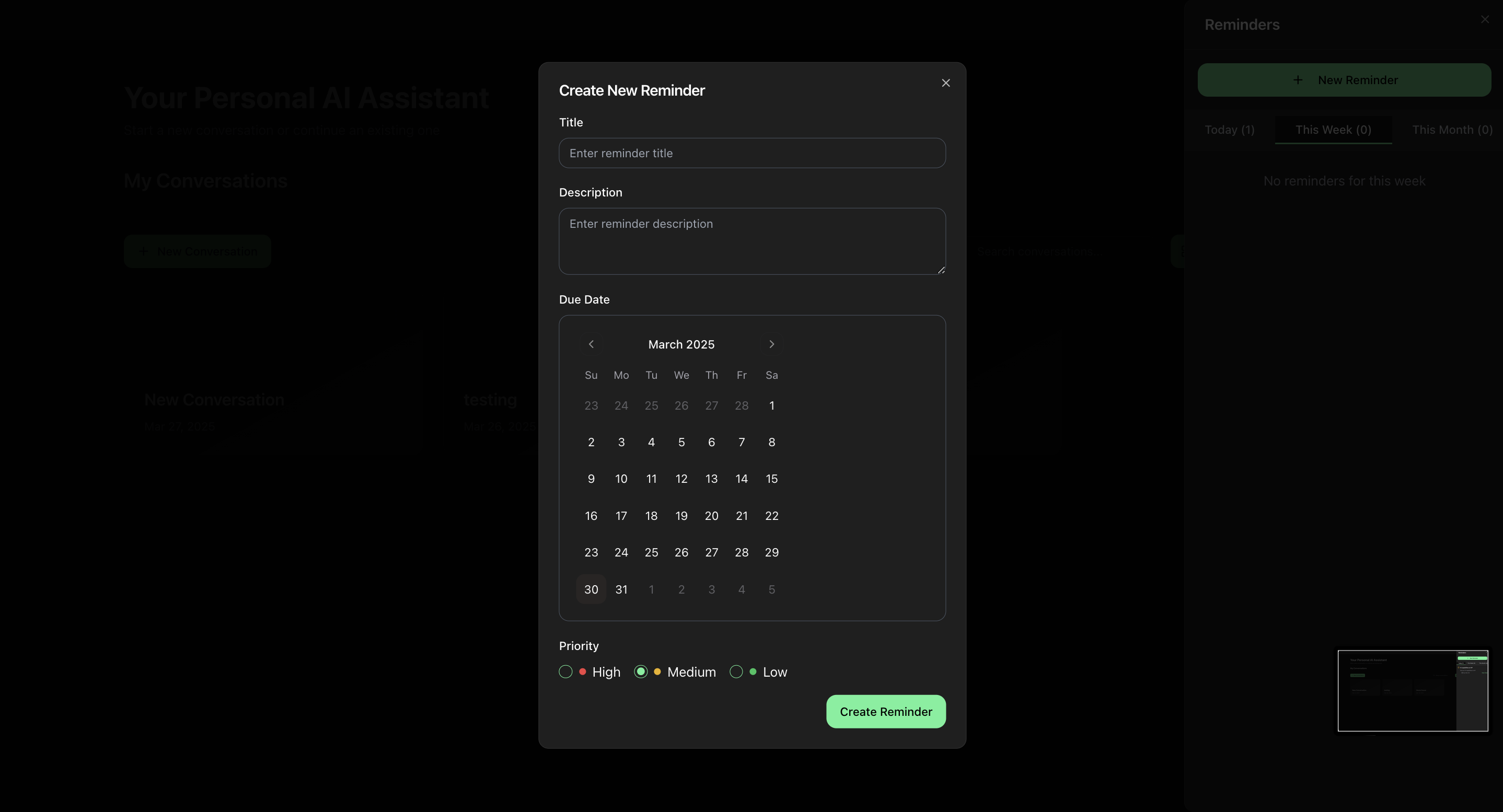
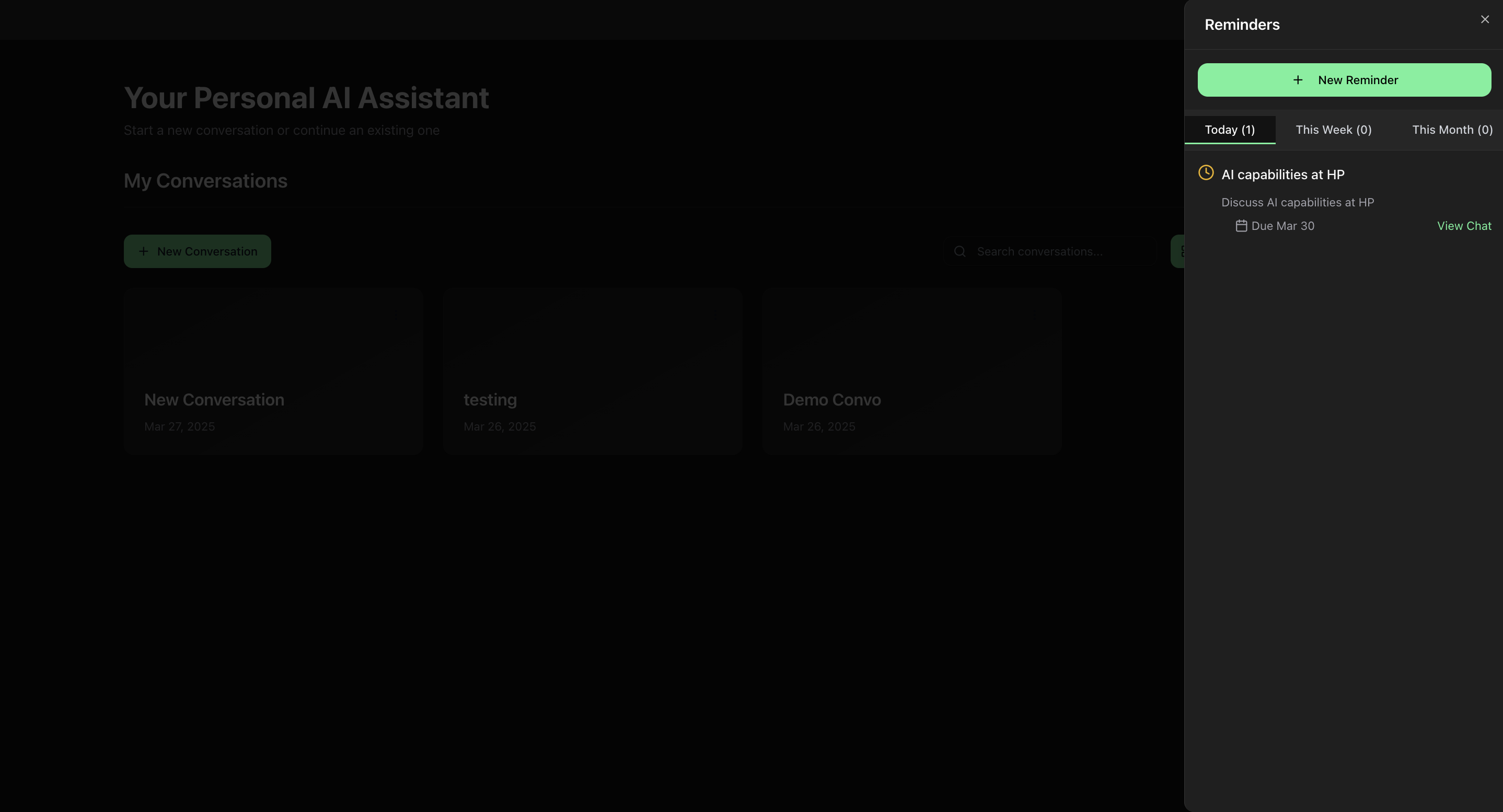

What began as a simple Figma design project evolved into a full AI vibe-coding build.
With limited time, a two-person team, and HP’s firewall blocking most open AI tools, the project demanded creative problem-solving. We leveraged vibe-coding platforms like Replit to move faster, while balancing the need for design control and AI functionality; ultimately creating a local AI solution that the executive could install, test, and use directly.
The executive’s challenge was simple: too much to do, not enough time. Managing hundreds of people and teams across HP, he wanted a secure, AI-powered assistant that could help him find information faster, summarize internal files, and support decision-making: all without leaving HP’s secure infrastructure.
Siloed Knowledge

Information scattered across documents, drives, and teams slowed decision-making.
Firewall Restrictions
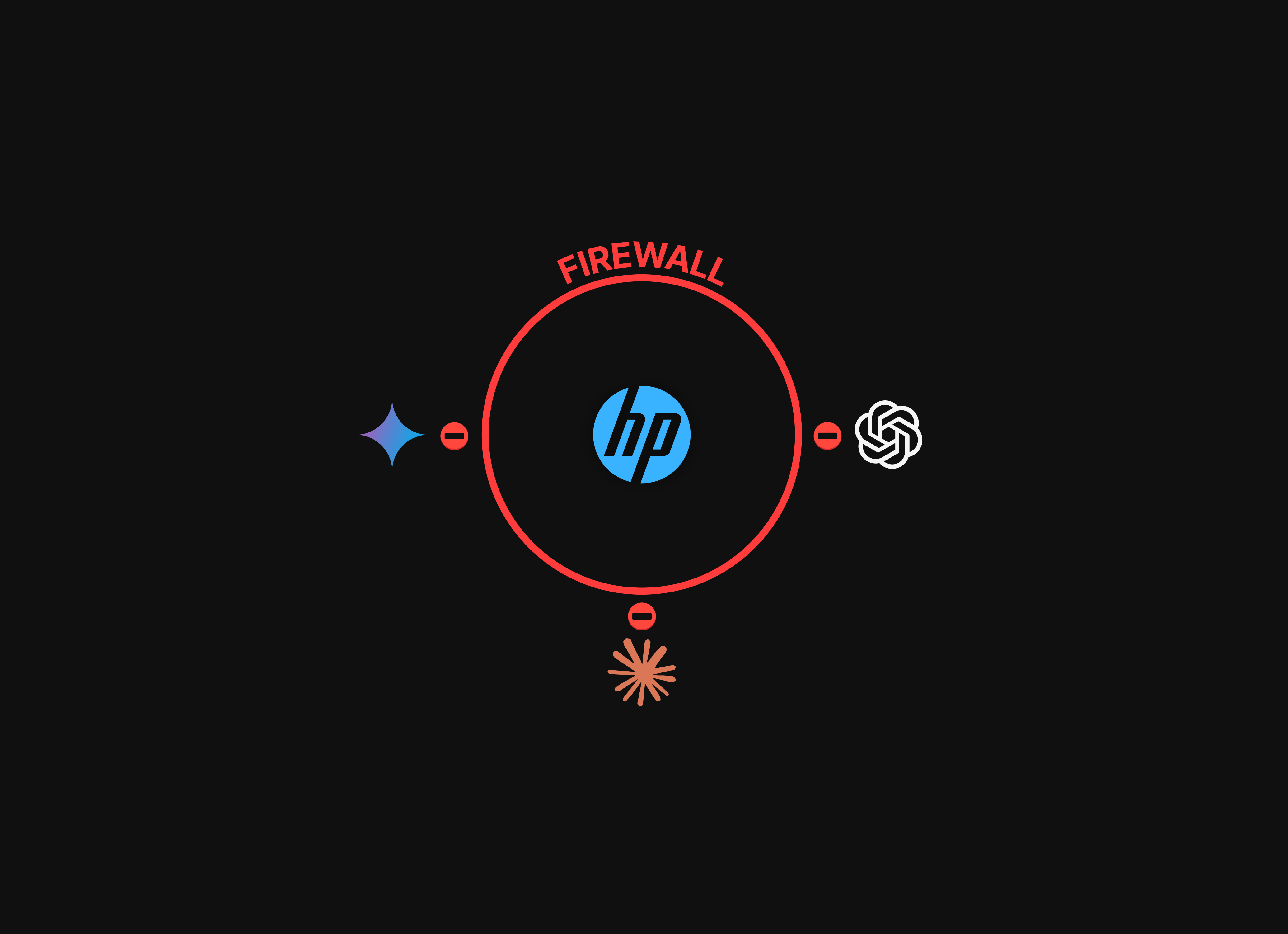
Tools like ChatGPT, Claude, or Gemini weren’t accessible within HP’s network.
Time Constraints

The executive needed clear, concise summaries, not endless digging.
Security as Priority

Every byte of data had to stay within HP’s environment.
Because access was limited, most insight came directly from working with the executive. Through testing sessions and daily feedback loops, I learned his tone, preferences, and how he wanted AI to integrate into his routine.
Needed a trusted, secure assistant that could quickly summarize meetings, find files, and mirror their communication style.
Key Jobs To Be Done
Retrieve key information across departments instantly.
Summarize reports, meetings, and messages.
Keep proprietary data safe within HP’s walls.
Have the latest AI feature at all times.
Tasked with maintaining compliance and ensuring no data breaches. Needed a solution that could integrate with HP systems without breaching security standards.
Key Jobs To Be Done
Approve and monitor local LLM deployments.
Maintain transparency and governance.
Ensure no data leaves the HP network.
Wanted faster access to brand, product and competitor information to support campaign strategy and partner communications.
Typically Industry Specialists
Key Jobs To Be Done
Search and summarize key internal docs.
Automate first drafts for presentations and proposals.
Access context on clients, competitors or products instantly.
Needed ways to tap into specific industry knowledge that the specialists had without needing to send clients to the specialists.
Key Jobs To Be Done
Tap into the knowledgebase at any given time.
Retrieve specialist knowledge instantly when interacting with a client.
Automate first drafts for presentations and proposals.
We looked at tools across the industry to understand what “good” felt like.
With just two people, limited time, and strict firewalls, we realized Figma alone wouldn’t cut it. The hypothesis became: if we could prototype and code simultaneously using vibe-coding tools like Replit, we could test UI behavior, LLM responses, and user workflows at the same time, skipping long handoff cycles and accelerating learning
Goal: Make daily processes simpler for the executive and his team: helping them access, summarize, and act on information faster without leaving HP’s secure environment.
Switching between design and development was intense, especially when every pivot meant starting over. Because HP’s firewall blocked many API calls, we pivoted to Microsoft CoPilot mid-project to leverage OneDrive data, only to pivot back when CoPilot’s performance fell short.
Vibe-coding in Replit had its own challenges: unstable saves, limited backend functionality, and the need to be extremely specific in prompts to avoid memory overload. Each adjustment taught me how fragile, yet powerful, the new wave of AI build tools can be.
We shipped a secure, locally hosted AI tool running on an HP Z-box. The product featured a clean HP-branded UI inspired by Notebook LM, built-in access to team knowledge, and dual knowledge bases: one conversational and one system-wide. It recognized event reminders, summarized files, and responded in the executive’s concise tone. Built with Ollama and Llama 3.2, it kept all interactions private, fast, and fully offline.
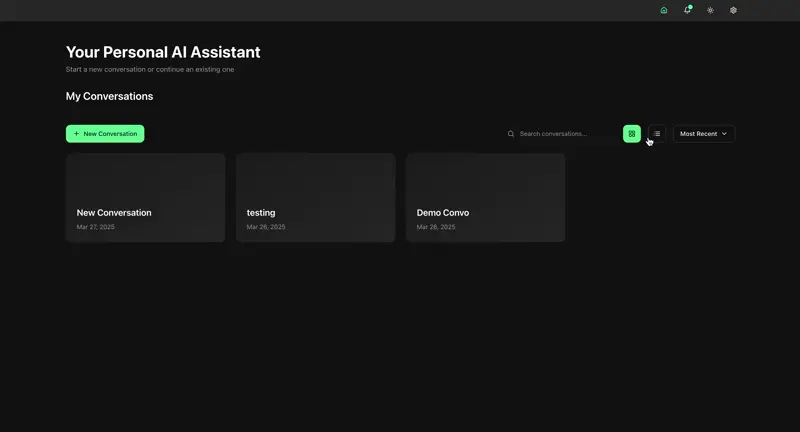

This project was as much about learning as it was about building. It was my first time applying vibe-coding; designing and prompting directly in tools like Replit. I learned how specific prompts, temperature settings, and model selection could drastically change the experience. Balancing creativity with precision became essential, especially when small prompt mistakes could waste memory, credits, or processing time.
Perfect my prompts outside of the build tool first (testing and refining them in ChatGPT or Claude before implementing them in Replit) to move faster and maintain clarity through the process.
Work with a developer to create personal AI agents for each key team member, so users could query each other’s domain knowledge without constant email back-and-forth. Additionally, explore developing a secure mobile version of the tool for the executive’s on-the-go use.